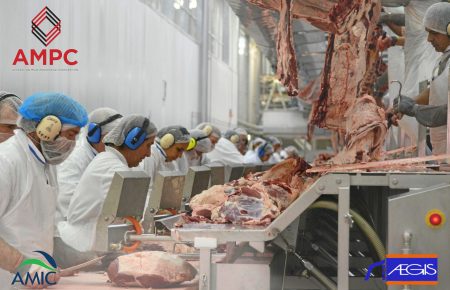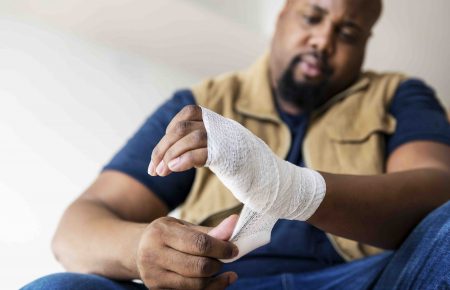As of July 1, 2020, the Queensland government has made changes to the WorkCover Queensland scheme. This is based on recommendations from the government’s five-year scheme review.
The three major changes to the scheme are:
- Reporting of injuries and payments even if a claim is not made
- Unpaid interns are now covered under workers’ compensation
- Details, qualifications and training of your RRTWC are now required
This article will cover the second change made to the scheme. To see our articles on the other two changes, please click on the links above.
Reporting of all injuries and payments
The first change to the scheme is that now, employers in Queensland are required to report all worker injuries within eight business days to their insurer. This is required regardless of whether there is a workers’ compensation claim or not.
WorkCover Queensland has supplied an online form for reporting these injuries on its website, which you can find here.
Employers need to report any workers injuries that they are aware of. Examples of injuries that need to be reported include situations where:
- a worker sustains an injury (personal injury, disease, aggravation of a personal injury, disease or medical condition, loss of hearing or death)
- the injury may be compensable. An injury may be compensable when you and/or a worker reasonably believes:
the injury has arisen out of, or in the course of employment
the injury will require medical treatment resulting in the issue of a medical certificate or will require the worker to have time off work (beyond the day of sustaining the injury) or time away from their normal duties to recover from the injury.
And if an employer is not sure about the above, they should report.
One example the WorkSafe Queensland website cites where reporting would be mandatory is:
‘A worker is lifting a 20kg object at work when they feel a ‘pop’ in their back. The worker immediately tells their supervisor. The same day they visit their GP who issues a medical certificate certifying them unfit for work for three days.’
In this situation, the employer must report within eight business days and also inform the worker that they have the right to lodge a workers’ compensation claim.
An example of a situation where it would not be required to report is:
‘A worker trips and falls in the office. They are treated by the first aid officer who bandages their grazed knee.’
In this case, there was no time off work and no medical certificate required. Instead, the supervisor should simply monitor the injury in case it worsens.
More information on the kinds of injuries that require reporting — and those that do not — can be found on the WorkCover Queensland website.
In addition to the above, it is also now a requirement to report payments made by an employer for compensation or treatment of the injury. These include payments such as:
- in place of wages due to time off as a result of the injury
- in connection with treatment by:
a medical or allied health provider,
an in-house provider, or
for those affected employers, funded through an early intervention program (EIP) or employer assisted program (EAP).
For more information on these and other changes, please view the WorkSafe Queensland website.
Disclaimer: This article provides general advice and should not be considered legal advice or an insurance consultation. You should seek appropriate counsel for your own situation. In addition, this post is directed at people in Australia. If you are outside Australia, please be aware that the circumstances in your own country may be different.






















































